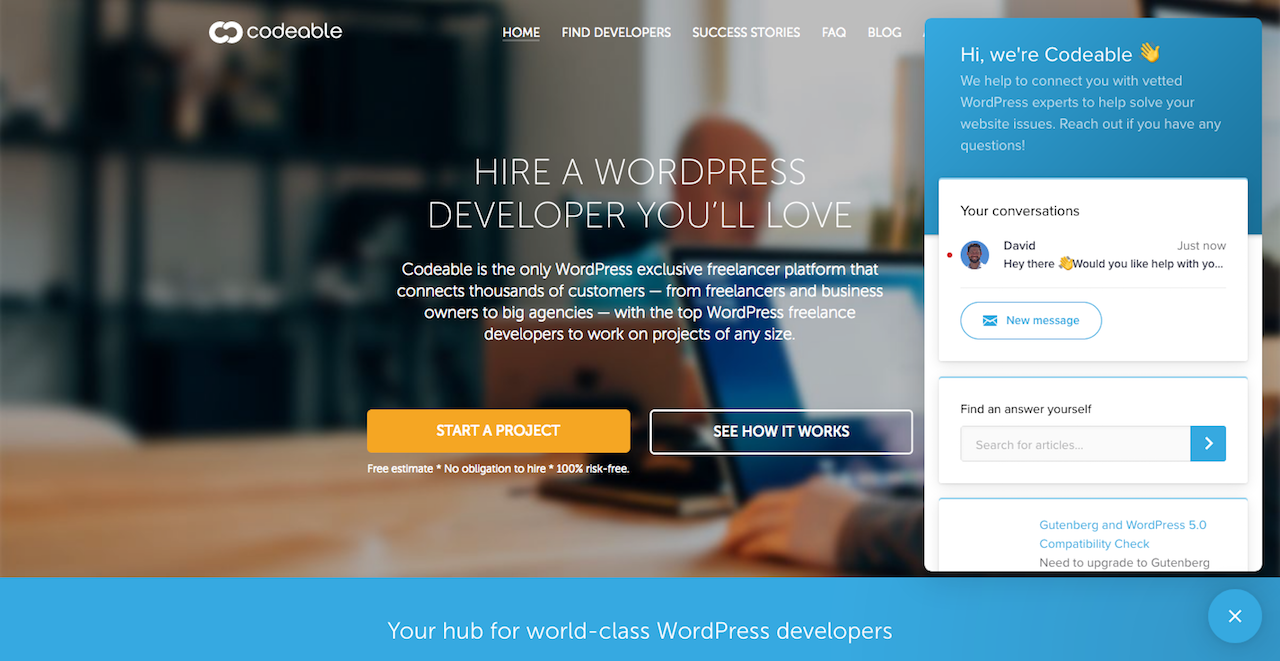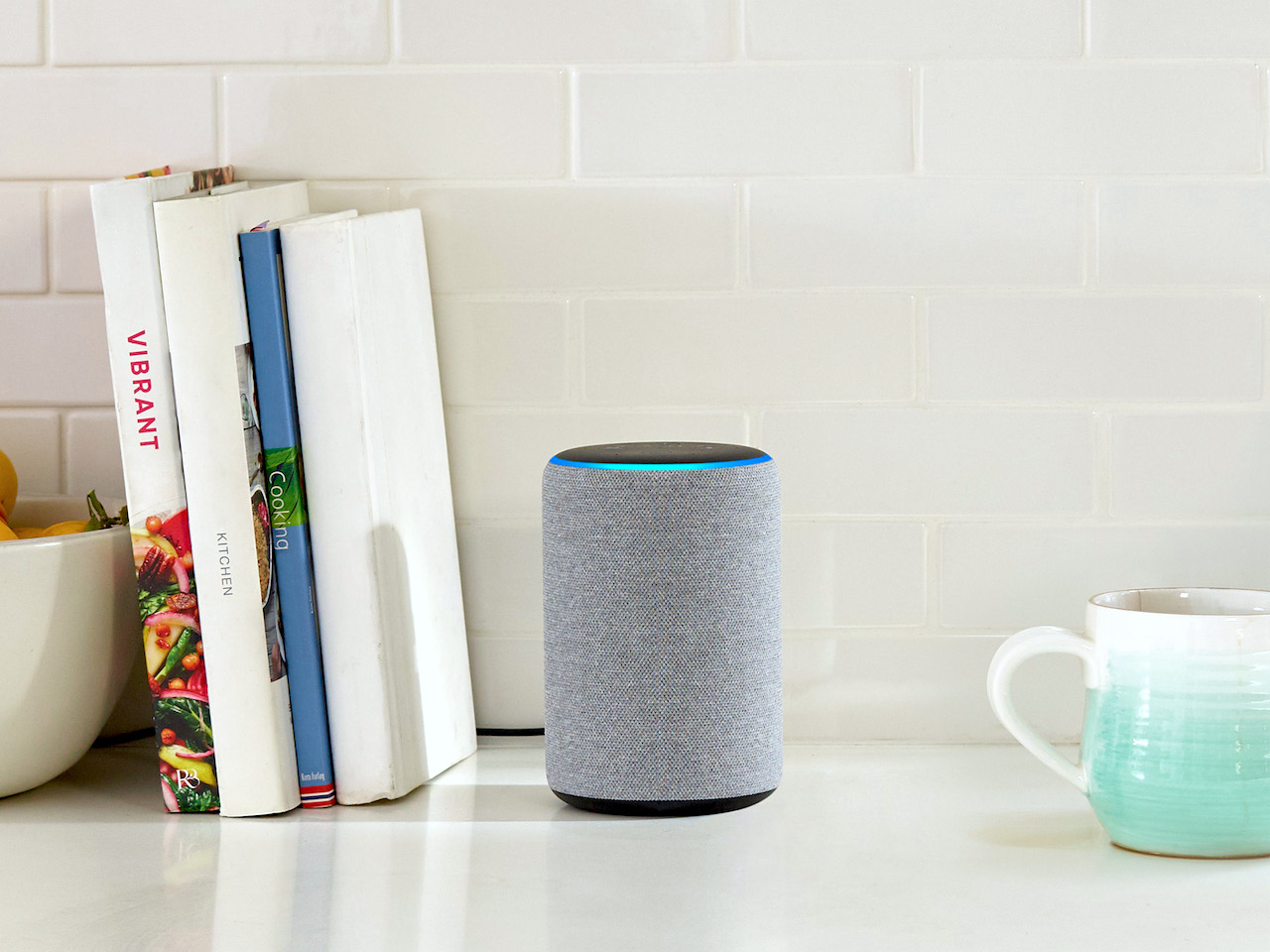If you’re in the crowded retail game, it’s vital to stay one step ahead. Competition can be fierce. To this end, monitoring trends are key to success. Forward-thinking entrepreneurs analyze and adopt trends that align with their business objectives. They position their companies to give customers what they want now and in the future.
Here are five trends startup retailers should watch–ones you can’t afford to ignore.
1. Consumer behavior will continue to drive innovation
Study trends in consumer behavior. For example, search intent is redefining the marketing funnel, while Gen-Z’s mobile-first mindset is here to stay. Stay on top of consumer insights like these with resources like Think With Google.
Overchoice is a sweeping retail epidemic and consumers increasingly want more convenience and frictionless digital experiences. Research, for instance, shows mobile users will quickly bail on slow websites. Google “found that as page load time goes from one second to 10 seconds, the probability of a mobile site visitor bouncing increases 123%… No matter what, faster is better and less is more.”
Consumers continue to hold all the aces. To this end, listen thoughtfully. Adopt a social listening strategy to join in on conversations about your brand (as well as your competitors) and solicit customer feedback as often as possible. Use online survey tools like Survey Monkey, Typeform, and SurveySparrow to find out what they want and find creative ways to give it to them.
2. Chatbots will power conversational commerce as they become smarter through AI and machine learning
Chatbots have been around for a while now, and more marketers are using this to supplement their customer experience strategies. In the State of Chatbots 2018 research, 69% of customers prefer chatbots to apps when they need quick answers to simple questions.
For online retailers, chatbots are improving customer service as they can easily respond to customer queries instantly and provide the consumer with satisfactory answers to nudge them further along the customer journey.

Meanwhile, Artificial Intelligence (AI) powered chatbots can personalize the customer experience. With each conversation, the chatbot learns more about customers and provide more relevant information the next time around.
For example, “Levi’s recently introduced an AI-enabled chatbot to help find the perfect fit,” Forbes contributor Blake Morgan notes. Their “Virtual Stylist uses natural language processing to find out what each customer is looking for in a pair of jeans. The bot learns about each customer’s lifestyle and fit preferences. That information is combined with actual training that human stylists receive to provide accurate recommendations.”
It’s time for online retailers to explore how chatbots can improve marketing and customer experiences.
3. Brick and mortar will continue it’s dominance and relevance
If you thought brick and mortar stores were dead, think again. Brick and mortar stores continue to hold up really well in the battle against online stores, but in 2019 online retailers should no longer see it as a battle.
Instead, they should diversify and work on both sides of the table. If you run an online store, it’s time to experiment with a local popup shop. If you are focused on physical retail sales, explore online opportunities to reach more customers.
For online retailers going offline, leverage point of sale (POS) card readers at checkout with built-in analytics and data capture to track performance. Today’s most sophisticated card readers allow you to collect customer data and deploy it to personalize the customer experience.

It’s also really important for brick and mortar stores to offer something unique, and ensure the business model is in line with what the market and customer purchase behaviors. The reason major retailers like Blockbuster and Toys ‘r’ Us failed is that they didn’t adapt and keep up with the times.
3. Voice-activated technology will expand in use and application
More people are using voice-activated technology. “From computer screens to touch screens, the ways users have interacted with devices has rapidly evolved in the last several years. The idea of the interface has now moved ‘beyond the screen’ and into the world of sound.”
Research from OC&C Strategy Consultants projects that voice shopping will jump to $40 billion in 2022 (up from $2 billion today).
It’s convenient and driving the retail industry forward. If you want to keep up with the competition, consider offering voice-activated customer experiences.

The easiest way to break into this market is to launch an Alexa Skill. Back in 2016, online retailer 1-800 Flowers launched their own Alexa Skill which enabled customers to use their Amazon Echo to order flowers.
All customers had to say was “Alexa, send mom a bouquet of carnations,” and the company would take care of the rest. When you make life that simple for customers, you’re ahead of the game. Retailers can build Alexa Skills to reimagine the customer experience for voice and reach customers where they are with a frictionless approach.
Meanwhile, consider optimizing your website for voice search this year. Studies show that 50% of Google searches are likely to be carried out via voice in 2020, so you need to prepare for this shift in online search behavior.
4. Analytics and business intelligence (BI) apps will grow in adoption
Big data and the power to leverage it will continue to become a priority for retailers. The need for agile tools to make sense of it all will spur the growth of this market.
If you just figured out Google Analytics, this might be the year to move on from free analytics tools and invest in advanced analytics to improve your bottom line. Analytics impacts every area of the supply chain, in part, because data drives innovation.

It’s critical to select an analytics tool that helps you improve various aspects of your business, from production and marketing to fulfillment and customer service. As retailers expand from local markets to a global footprint, they will need solid analytics tools to develop local market strategies. To do that, you need as much data to hand as possible. More importantly, tools to help you leverage it quickly.
5. Subscription business models will grow in popularity and consumption
Subscription business models, where customers pay a recurring price at regular intervals for access to a product or service, will continue in their adoption. “Everything you purchase — from transportation to entertainment to groceries — will soon come with a monthly plan,” says Zuora CEO Tien Tzuo.
“After scrolling headlines in the New York Times, you head into the kitchen and open today’s Blue Apron box to prepare a shrimp risotto before turning on Netflix for an episode of Comedians in Cars Getting Coffee. You may not have noticed, but you’re now fully enmeshed in the subscription model.”
Subscription brands like The Dollar Shave Club and Blue Apron have experienced unprecedented success in recent years. In 2019, expect to see even more subscription models emerge as companies test the waters or change their models entirely.
What does this mean for retail startups? Consider the possibilities of a subscription-based business model for your company. Reimagine your products and services in an online or offline subscription box with neat extras and add-ons to entice customers.
Conclusion
Trends come and go, but some are here to stay. Right now, it’s hard to see a future in the retail sector where the customer doesn’t drive innovation, where voice technology isn’t getting stronger, and where AI-enabled chatbots don’t play a crucial role in conversational commerce.
Consider these tips, keep a close eye on trends and test which ones make the most sense for your business.
Michelle Deery, a copywriter for Heroic Search, specializes in marketing and likes to share the tips and tricks she has learned along the way. Connect with @michwriting on Twitter.
© YFS Magazine. All Rights Reserved. Copying prohibited. All material is protected by U.S. and international copyright laws. Unauthorized reproduction or distribution of this material is prohibited. Sharing of this material under Attribution-NonCommercial-NoDerivatives 4.0 International terms, listed here, is permitted.




